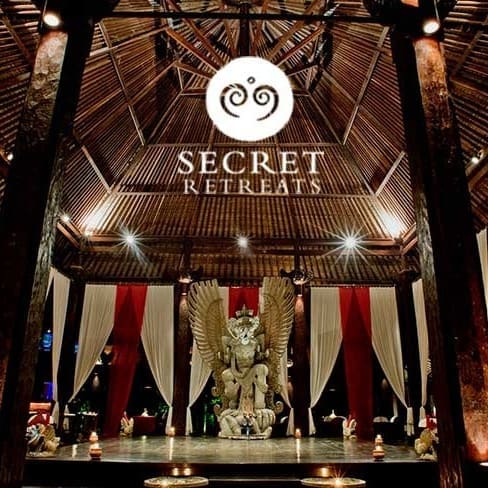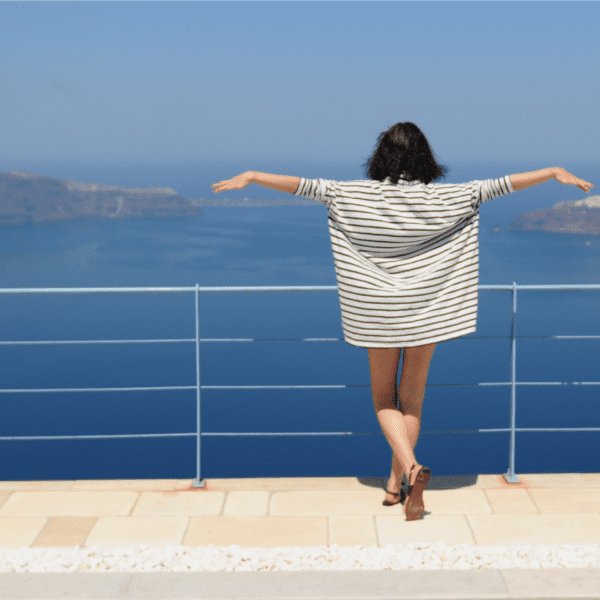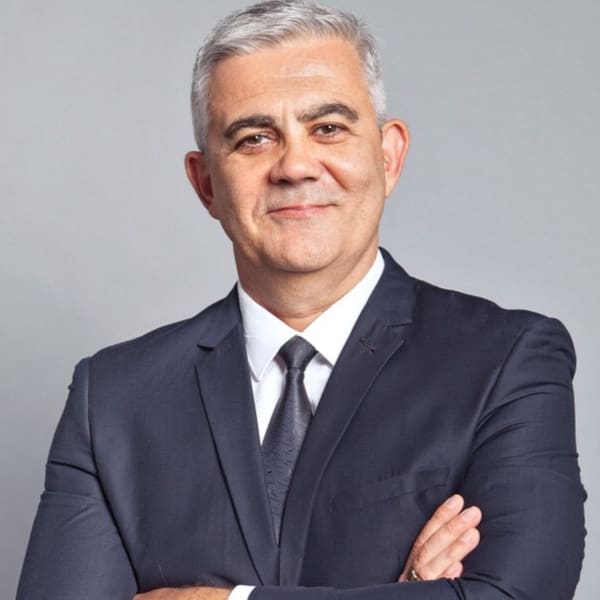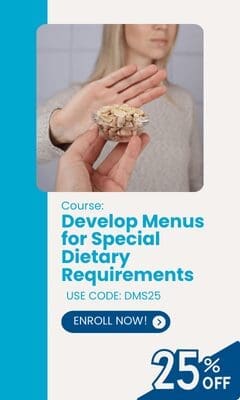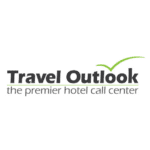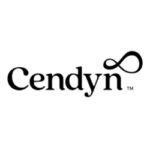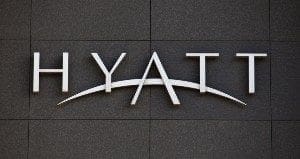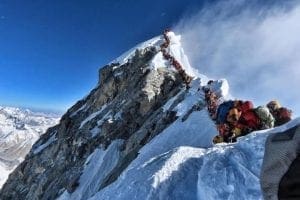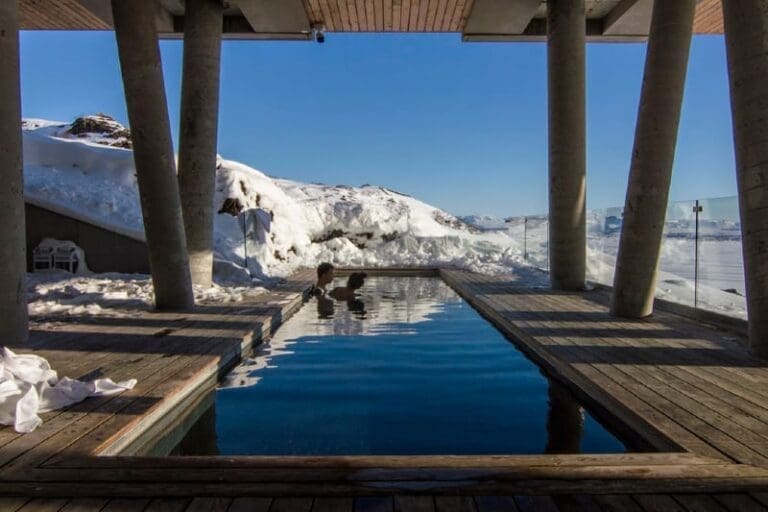
At the forefront of luxury travel trends, International Luxury Travel Market (ILTM) Asia Pacific opened in Singapore. To mark the occasion, ILTM released its latest research identifying three consumer archetypes that travel brands should be on the lookout for to capitalise on the escalating wellness and luxury travel sector. According to the latest Global Wellness Institute (GWI) report, wellness tourism is one of the fastest-growing segments in the wellness economy today and Asia Pacific is now the fastest growing market, catapulting its future value to US$252 billion.
Commissioned by ILTM, the report is produced by CatchOn, a Finn Partners company and is available online at view.iltm.com. The study is the result of 50 one-on-one interviews with travellers, luxury tour operators, spa consultants, travel journalists, wellness destination resorts and hospitality brands based in Asia Pacific. The report identifies three consumer archetypes who will be driving the future of wellness tourism in Asia: Female Travellers, Affluent New Agers and Chinese Millennial Millionaires.
Cathy Feliciano-Chon, Managing Partner of CatchOn, presented the research in a keynote speech at the ILTM Asia Pacific Opening Forum. The overwhelming statistics reflect the growing wellness industry in the region: China, India, Malaysia, the Philippines, Vietnam and Indonesia all clocked 20+% annual gains last year and the market will essentially double from 2017–2022.
As Ms. Feliciano-Chon explained: “Asian traditions and healing philosophies – from yoga, Ayurveda to traditional Chinese medicine’s concept of balance and energy – have influenced virtually every aspect of the wellness industry for several decades. Review any spa menu or retreat package in the world and you will inevitably find Asia’s influence. International travel brands, wherever they are in the world, should take this opportunity and be part of this dynamic region’s outbound travel.”
Wellness has become a dominant consumer value and lifestyle driver, profoundly changing behaviour, choices and spending decisions. Wellness trips now represent 6.5% of all tourism trips taken worldwide, growing a massive 15.3% annually to reach 830 million trips each year. In the midst of this explosive growth, Asia-Pacific now ranks second – at 258 million wellness trips annually – just behind Europe, according to GWI.
The research dives deeper into the GWI’s assessment of wellness tourism by recognising two types of wellness travellers: Primary and Secondary. GWI defines primary wellness travellers as those who see wellness as the main purpose for their trip and choosing a destination. The second group see wellness as an add-on to the reason for their trip – but both can be the same person taking different types of trips at different times. For every primary wellness trip taken in Asia, there are 13 more secondary wellness trips.
Key highlights:
Female Travellers:
- Women’s spending power is surging: From 2013-2023, the global incomes of women will grow from US$13 trillion to US$18 trillion.
- Female travellers present the highest customer lifetime value because they engage in wellness travel the longest.
- It’s the guru that matters the most. Retreats are built around the cult of fitness and yoga celebrity instructors and life coaches.
- Women are putting solo trips on their bucket list. Solo, but in the company of others.
- Wellness for women has gone beyond yoga and detoxes into hormonal imbalance and cellular ageing.
- There’s been a boom in women-only walking clubs in Australia and tours like Walk Japan as well as self-imposed hiking trail challenges.
Affluent New Agers:
- A high concentration of wealth in Asia, combined with longer life expectancies, have made ageing aspirational. Asians have the means to pursue wellness in earlier stages of life.
- These luxury travellers want to achieve and maintain quality of – not only life – but lifestyle.
- Affluent New Agers are still value-conscious and are more demanding in ensuring they get the very best for their money.
- New Agers are spending upwards of US$200k per trip.
- Demand has driven some tour operators to create special packages that combine physical activity with luxury experiences.
- Rising acceptance for LGBTQ+ in Asia creates the potential for brands to capture this segment.
- Affluent New Agers are drivers for medical tourism.
Chinese Millennial Millionaires:
- China’s middle classes are growing exponentially, producing more millionaires and billionaires.
- Wellness is the new status symbol among the 400-million Chinese millennials.
- Health-conscious behaviours once associated with older generations are now embraced by millennials.
- Wellness trends include Adventure, sports, educational courses, weekend anti-stress getaways, hidden all-inclusive resort locations, retreats for spiritual pursuit, action-packed itineraries, off-the-beaten-track destinations and local immersions.


